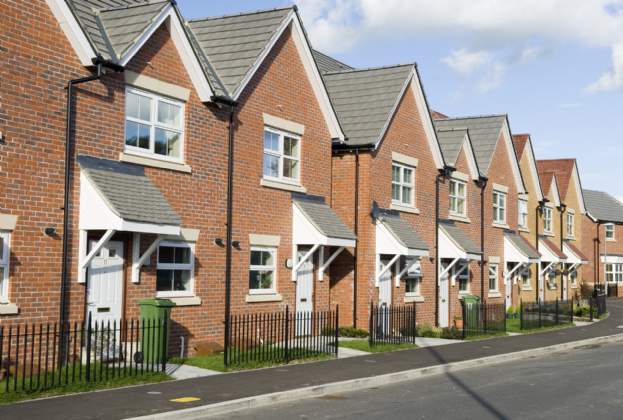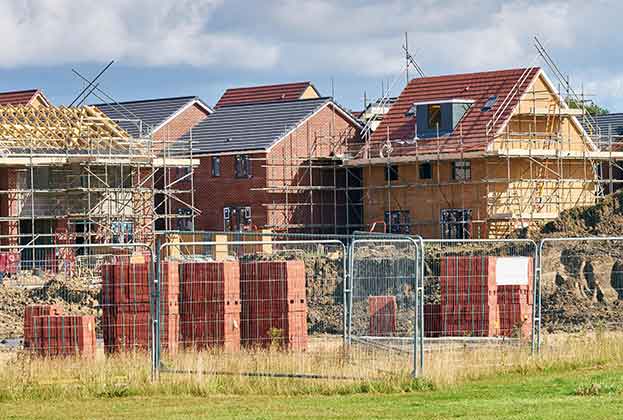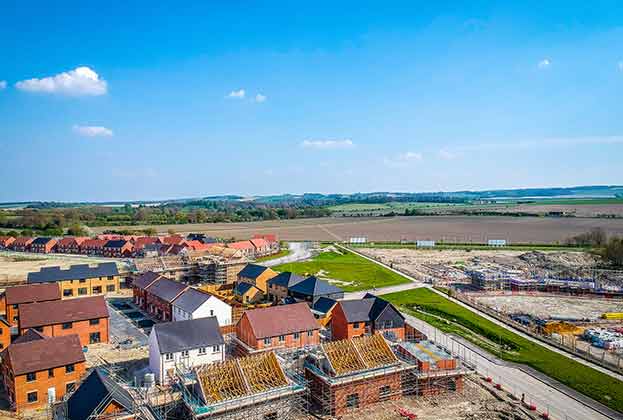A purpose-built residential building for rent is a very different proposition than a for-sale residential building. For the former, there is a greater emphasis on the provision of communal spaces and facilities. Fixtures and fittings need to be more durable to withstand tenant turnover, proactive management is essential to the customer experience and operational efficiencies are key.
These buildings for rent have a number of core characteristics in common, regardless of who they are targeted at: they all feature communal spaces and shared amenities, together with residential units for rent. But there are differences depending on the occupier. Here are the key distinctions:
Built to rent (multifamily)
For this type of building an appropriate mix of apartment sizes and types is essential to support letting rates. Unit size and specification are more important than in the case of student housing. Larger units should be designed with sharers in mind, with bedrooms of equal size and positioned at opposite sides of the unit.
The Collective’s co-living scheme at Old Oak Common in London is one such example. With 550-rooms, it features 125,000 sq ft of co-living space, 14,500 sq ft of amenity space, 28,000 sq ft of office and co-working space. The majority of rooms are ‘twodios’, two furnished bedrooms (around 100 sq ft) next to a shower room with a shared kitchen area. Compact personal space is compensated for by extensive communal space, including a bar, restaurant, cinema room, spa, gym, roof terrace, large kitchens to host dinner parties and a library.
Senior housing
Senior housing tends to offer larger communal areas, as these residents spend more time at the property. Extensive shared amenities and events programmes are on offer to encourage social interaction. Additional services may be offered on an à la carte basis such as 24/7 emergency assistance, meal plans, cleaning and maintenance services and even excursions.
Aesthetically, individual units may look like any other modern apartment, but with small adaptations to minimise risk from falls. A market-leader in this regard is Domitys whose senior services residences comprise furnished apartments and over 800 sq m of shared amenity space, including restaurants, swimming pools and gyms as well as an activity programme offering gardening, concerts and games. The buildings are typically located in urban areas, close to transportation and shops.
The model has proved successful, with residences achieving an average 98 per cent occupancy rate on stabilised assets. Domitys is currently concentrated in France but has expanded into Belgium and Italy.
Student housing
Student housing unit sizes are smaller, usually in the form of cluster flats with ensuite bedrooms and a shared kitchen, or self-contained studios. Flexible study space is important, together with communal lounges, games rooms or gyms, depending on the price point.
A leading example is Vita Group whose Vita Student assets are based in prime central locations in Russell Group University cities (pictured above). They feature generous communal spaces and amenity offers including 24/7 concierge and security, inclusive grab & go breakfast, games rooms, gyms, cinemas, private dining rooms and quiet study areas.
For each form of purpose-built accommodation, tailoring the assets’ features to meet the residents’ requirements and proactive management will be essential to achieve operational efficiencies. Investors’ search for secure income streams will continue to underpin interest across ‘alternative’ residential assets. Pioneer investor-developers will be integral to delivering new supply, securing tomorrow’s investment stock.
Artist’s impression of the potential different areas that could be included in a purpose-built residential building for rent
.jpg)
.jpg)
.jpg)




.jpg)



.jpg)